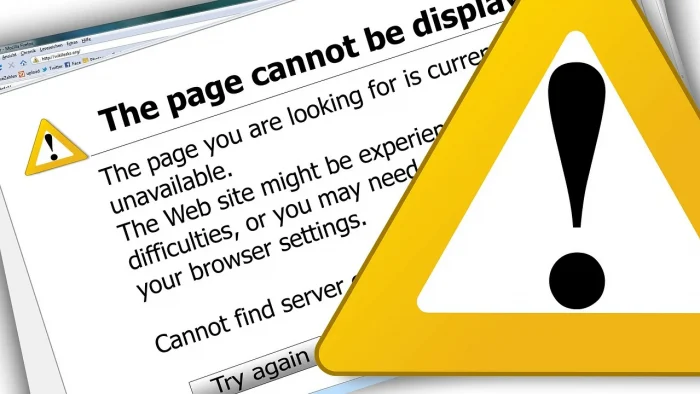Huge tech outage disrupts Long Island
By Toni-Elena Gallo
On July 19, a “routine” Microsoft software update left the world in chaos.
The cloud-based, cyber security firm, CrowdStrike, which is utilized by Microsoft, released a defective, antivirus security update, pertaining to the firm’s Falcon Sensor. The system is installed in approximately 70-80% of global PCs and numerous company servers,
Microsoft Windows operating system’s omnipresence, across major industrial hubs, affected crucial infrastructure, such as airlines, the London Stock Exchange, banks and other forms of commerce, to temporarily halt service.
Some companies, including Delta, are still facing major delays, as of July 22. Many small businesses are continuing to play catch-up, as their computers slowly return to normal.
“Small businesses rely on third parties for this not to happen and instead, it became a ‘code red’ situation. … The ripple effects from this could be felt for days and weeks ahead,” said Dan Ives, Wedbush Securities tech analyst.
This problem led to widespread disruptions and caused the ‘blue screen of death’ to appear on Windows PCs.
CrowdStrike has fixed the mishap, but said that it could take “some time” for all systems to be back up and running, while Microsoft has stated that over 8 million devices have been affected by, what they are calling, the “largest IT outage in history.”
Here on Long Island, DMVs were unable to process transactions, the LIRR experienced scheduling issues and numerous Starbucks’ ordering-ahead options were disabled, forcing people to pay in cash.
“I went to order my morning coffee on the Starbucks app, as I do each morning, and was prompted with an error message,” said Samantha Rutt, a Stony Brook resident.
“Instead of preordering, I went into the store and there was a line longer than I have ever seen. The baristas looked as if they had a long morning at just 9 a.m. Just before my turn, the store manager started comping everyone’s orders.”
Northwell Health implemented “standard emergency response procedures,” where needed, as it experienced “sporadic” technology failures. Stony Brook Medicine officials confirmed that their operations were uninterrupted.
Gov. Kathy Hochul (D) was quick to assure New York state residents that there was “no indication this [was] a hack or a cybersecurity threat.”
According to Markus Rauschecker, a cybersecurity expert with the University of Maryland Center for Health and Homeland Security, industries should view this episode as a wake-up call, of sorts.
“The bottom line is every organization, every kind of entity, needs to have a plan in place because the question is not if something like this is going to happen again, but when. And when another incident happens, you have to be prepared,” he said.







